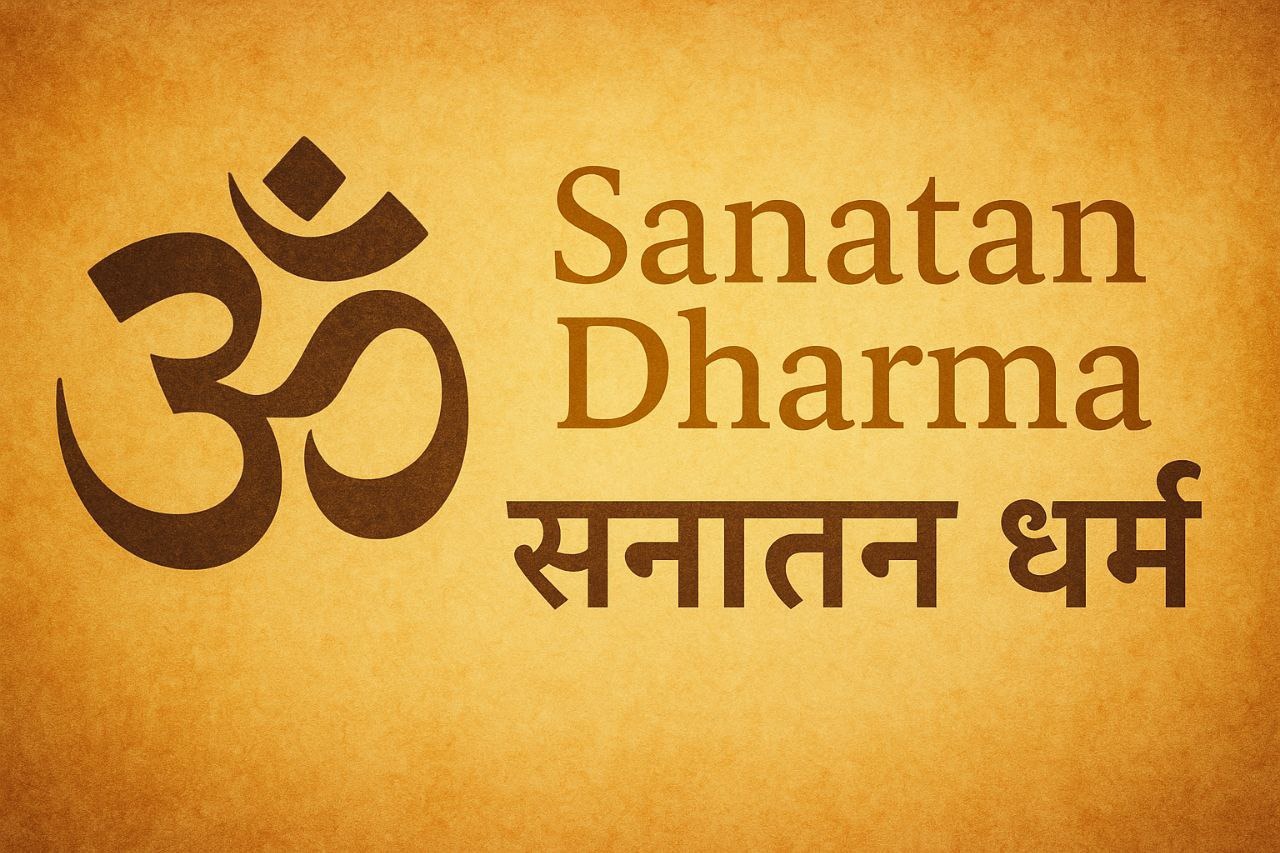Devī: From Durgā to Kalī ~ Feminine Divine Power in Sanātan Dharma

In the heart of Sanātan Dharma lies the profound recognition of Shakti, the divine feminine energy, as the source, sustainer, and transformer of all creation. The Devī, in Her various forms, represents not just an anthropomorphic goddess, but the very essence of power, wisdom, compassion, and ferocity that governs the cosmic order. From Durgā to Kalī, each form of the Devī is a mirror to different aspects of life and spiritual consciousness.
Durga ~ The Invincible Force
Durgā, the protector of the righteous, arises when the cosmic balance is disturbed. She is the embodiment of Shakti in its most glorious form, radiant, serene, yet unimaginably powerful. Her form astride a lion or tiger, with multiple arms bearing weapons, is symbolic of Her ability to wield different forces to subdue adharma (unrighteousness).
Her most revered story, slaying the buffalo demon Mahishāsura, represents the conquest of ignorance, ego, and tamas (inertia). Durgā is not just a warrior goddess; she is also the loving mother who protects the spiritual aspirant through courage and discernment.
"Durga does not just slay demons outside, but awakens the strength to defeat inner shadows." ~ Adarsh Singh
Lakṣmī & Sarasvatī ~ Balance of Wealth and Wisdom
While Durgā represents strength, Lakṣmī embodies abundance, fortune, and prosperity, both material and spiritual. She teaches that true wealth lies in generosity, contentment, and grace.
Sarasvatī, on the other hand, is the goddess of wisdom, music, arts, and learning. She reminds us that true knowledge comes with purity of thought, clarity of expression, and alignment with the eternal truths.
Together, they reflect the ideal state of spiritual balance: strength, abundance, and knowledge.
Kālī ~ The Fierce Awakener
Kālī is the most misunderstood and paradoxical goddess. Depicted as dark, wild, and fierce, with a garland of skulls and blood-soaked tongue, she dances on the chest of Lord Śiva. But beneath this terrifying form lies the mother who liberates.
She symbolizes the annihilation of ego, illusion (Māyā), and all that binds the soul to ignorance. Her nakedness represents absolute truth ~ raw, unfiltered, and beyond societal constructs.
She does not kill to destroy ~ she destroys to transform.
"Kalī doesn’t demand fear; she demands surrender, to truth, to transformation, to transcendence." ~ Adarsh Singh
Parvatī ~ The Silent Strength
Parvatī, the consort of Śiva, reflects beauty, devotion, and quiet resilience. As the mother of Gaṇeśa and Kārtikeya, she bridges asceticism with worldly duties. Her meditative tapas (austerities) to unite with Śiva inspire spiritual aspirants to seek inner union through dedication and patience.
The One in Many
Whether as Durgā, Lakṣmī, Sarasvatī, Kalī, or Parvatī, the Devī is one and the same. Her forms reflect the needs of time and the inner states of seekers. At once gentle and fierce, nourishing and annihilating, she is the full spectrum of existence.
Just as Śiva without Shakti is Shava (a corpse), the world without Devī is inert, devoid of vitality, rhythm, and beauty.
Why Devī Worship Matters Today
In today’s fragmented world, remembering the Devī means reconnecting with wholeness. She does not demand blind worship but conscious alignment. Through Her, we remember:
Strength is not aggression, it’s spiritual courage.
Wealth is not hoarding, it’s flourishing for all.
Wisdom is not information, it’s inner silence.
Destruction is not cruelty, it’s clearing the path for rebirth.
"In every woman, the Devī breathes, not to be worshipped from afar, but awakened within." ~ Adarsh Singh
Thu Jul 24, 2025
